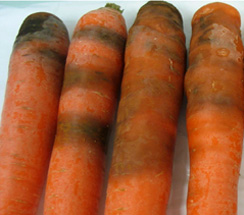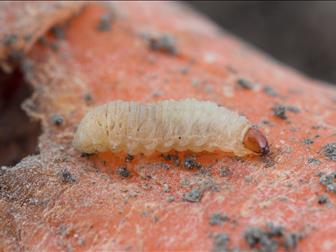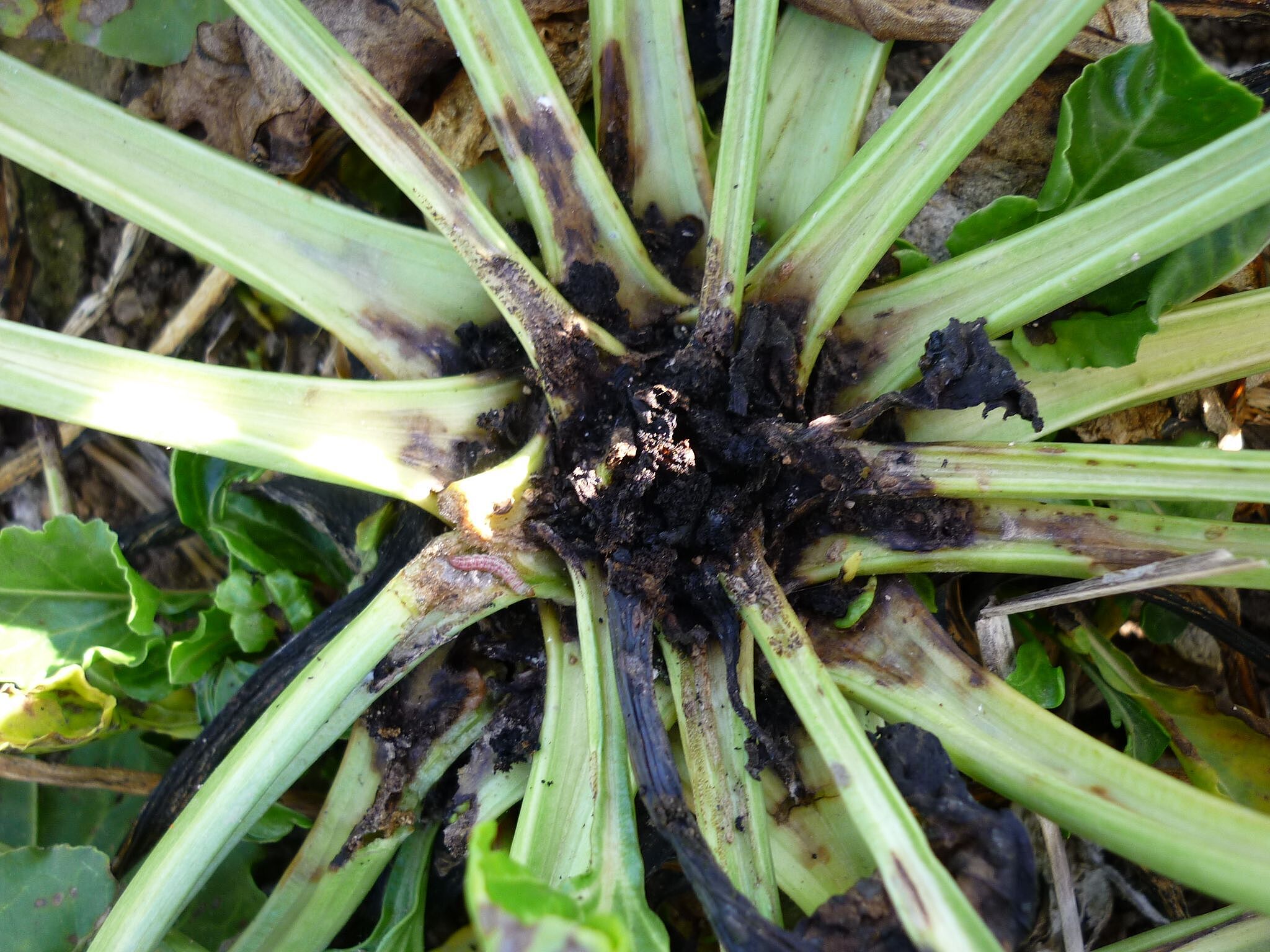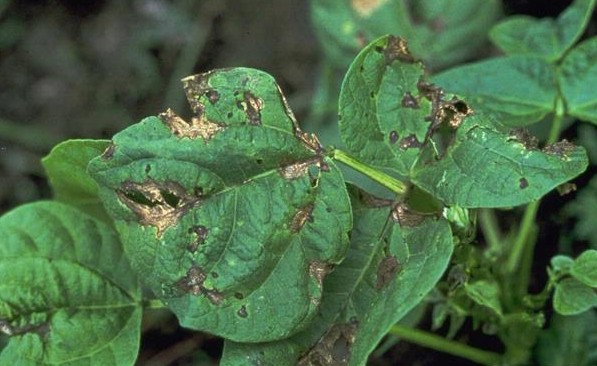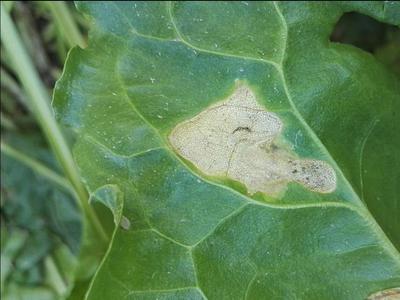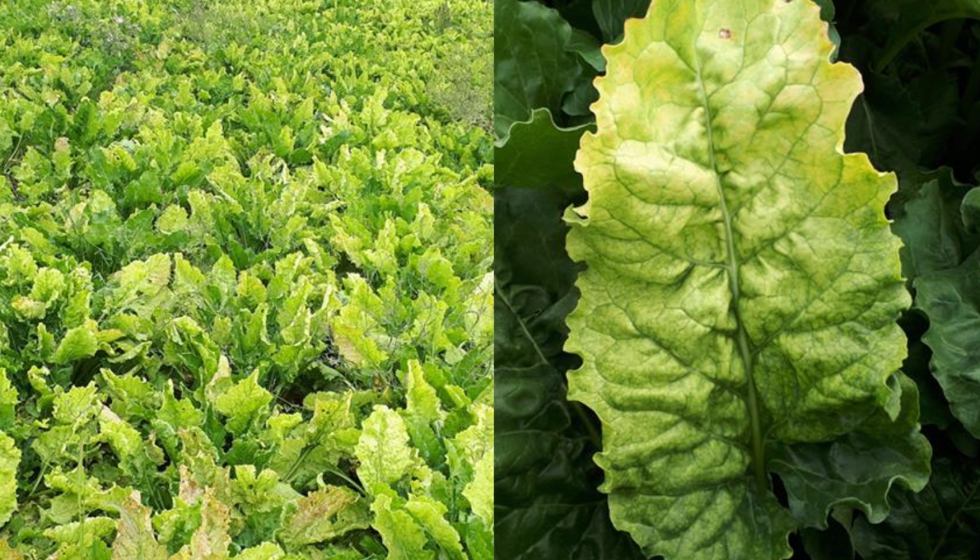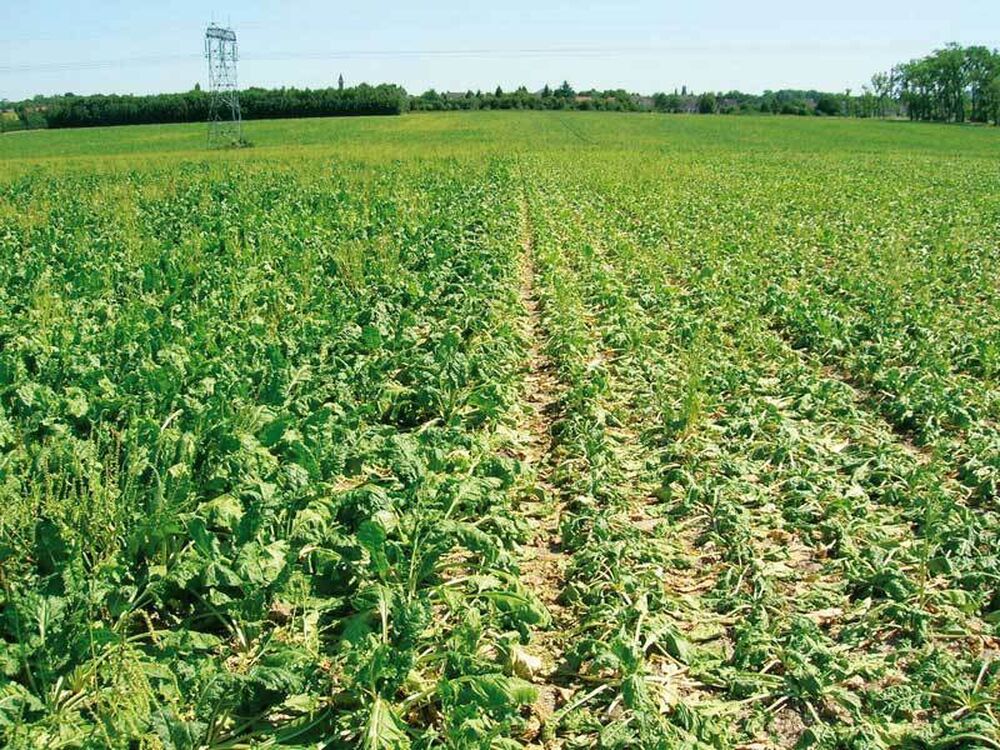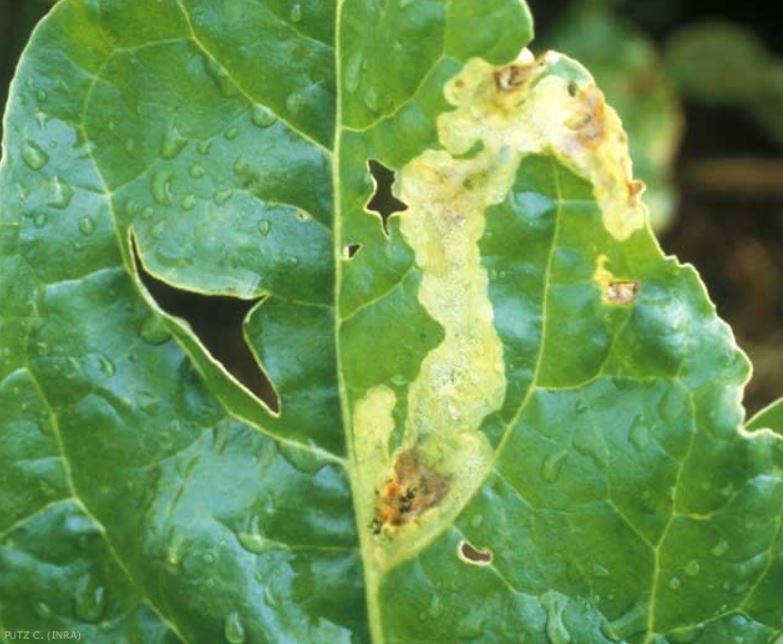
Zanahoria
How to recognize and combat white rot in carrots
White Rot
Fungus
Type:
Risk to the plant:
HIGH
Sclerotinia Sclerotiorum
Pathogen:
Moho blanco
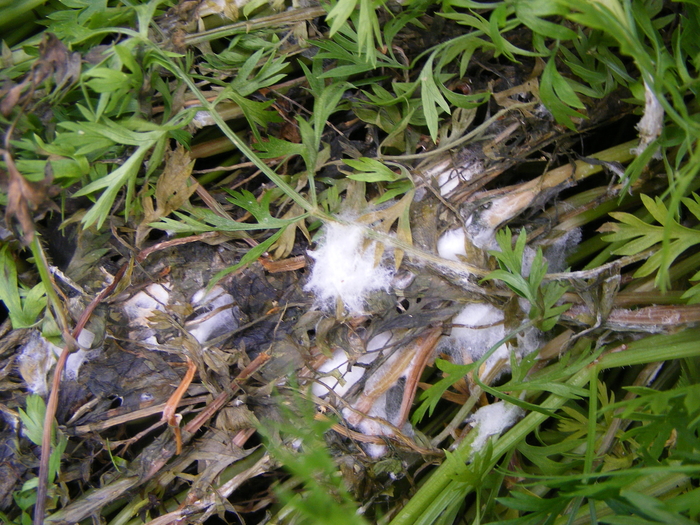
WHO CAUSES IT?
Sclerotinia sclerotiorum is a pathogenic fungus that causes the disease known as white rot in various plants, including carrots. This fungus produces resistance structures called sclerotia, which can survive in the soil for several years in the absence of a host. Under favorable conditions of humidity and temperature, sclerotia germinate, producing fruiting structures called apothecia. Apothecia release ascospores into the environment, which are dispersed by the wind and land in plant tissues. Once in contact with the plant, the ascospores germinate and the fungus penetrates the tissues, beginning to colonize them and causing symptoms of infection. As the fungus grows, it forms white mycelium and new sclerotia in infected tissues, ensuring the perpetuation of the pathogen cycle.
SYMPTOMS
White rot caused by Sclerotinia sclerotiorum in carrot manifests itself mainly in conditions of high humidity and moderate temperatures. The disease causes watery decomposition in the roots and crowns of affected plants, affecting their quality and yield.
- Appearance of wet and soft Taches on the roots and crowns
- Development of white, cottony mycelium in the affected areas
- Formation of black sclerotia in infected tissue
- Wilting and collapse of the aerial part of the plant
- Total decomposition of the root tissue in severe cases



DEVELOPMENT CONDITIONS
Temperature:
15°C - 25°C
Humidity:
85% - 100%
HOW IS IT SPREAD?
Wind, Irrigation water, Infected crop remains, Contaminated tools, Direct contact between plants
HOW TO ELIMINATE IT?
Home treatments
Natural allies
There are no natural allies
Chemical treatments
RECOMMENDED PRODUCTS TO ELIMINATE THE PEST
REPELLENT PLANTS
-
RECOMMENDATIONS
- Avoid wetting the leaves and stems when watering, water directly to the ground.
- Ensures good ventilation between plants.
- Remove remains of diseased or dead plants from the ground.
- Don't plant too close to each other.
- Use well-decomposed compost and avoid excess moisture.
- Rotate crops every year to prevent the fungus from remaining in the soil.
- If there are already affected plants, you can use specific fungicides.
- Wash tools after using them on diseased plants.



